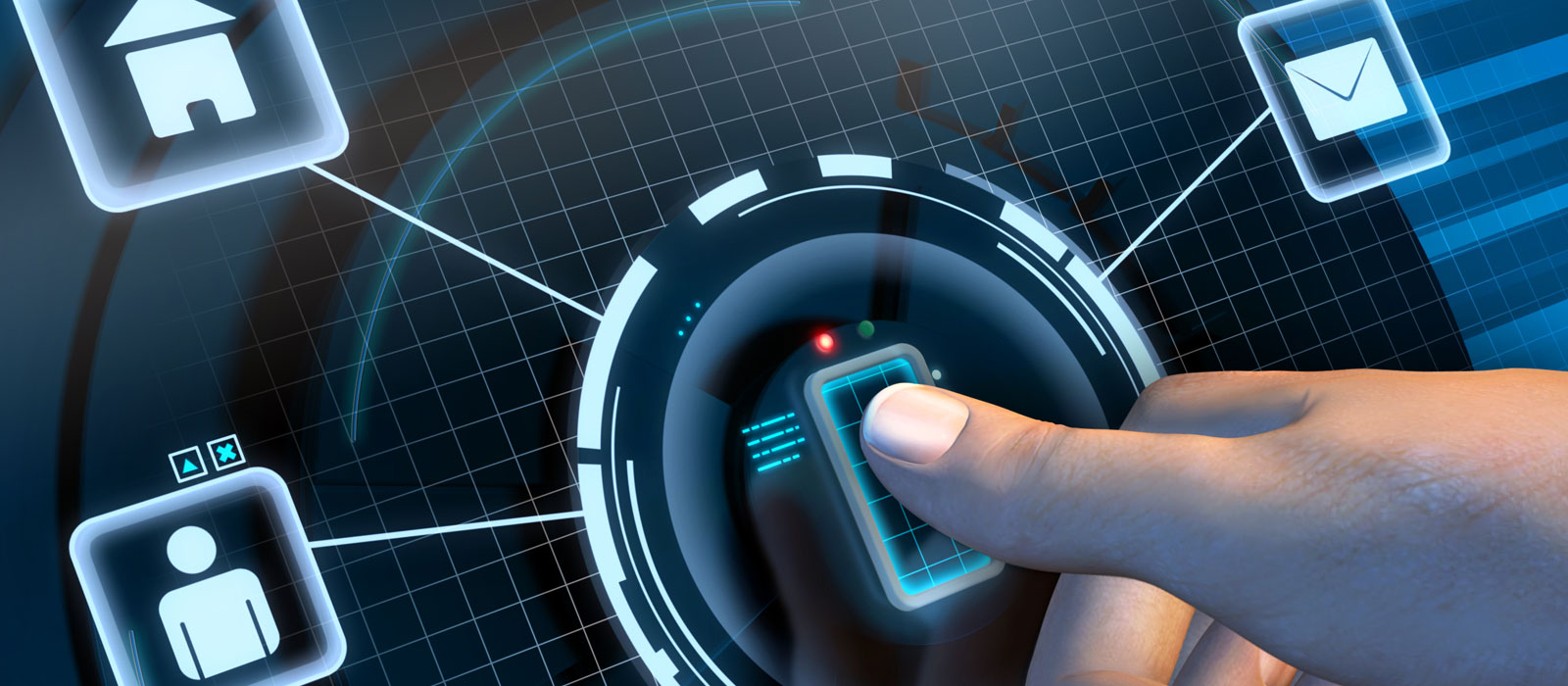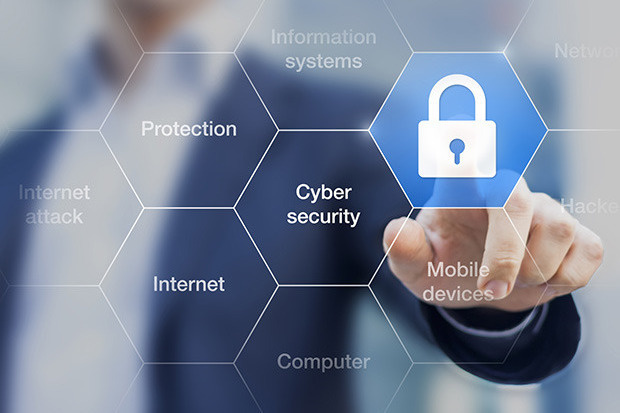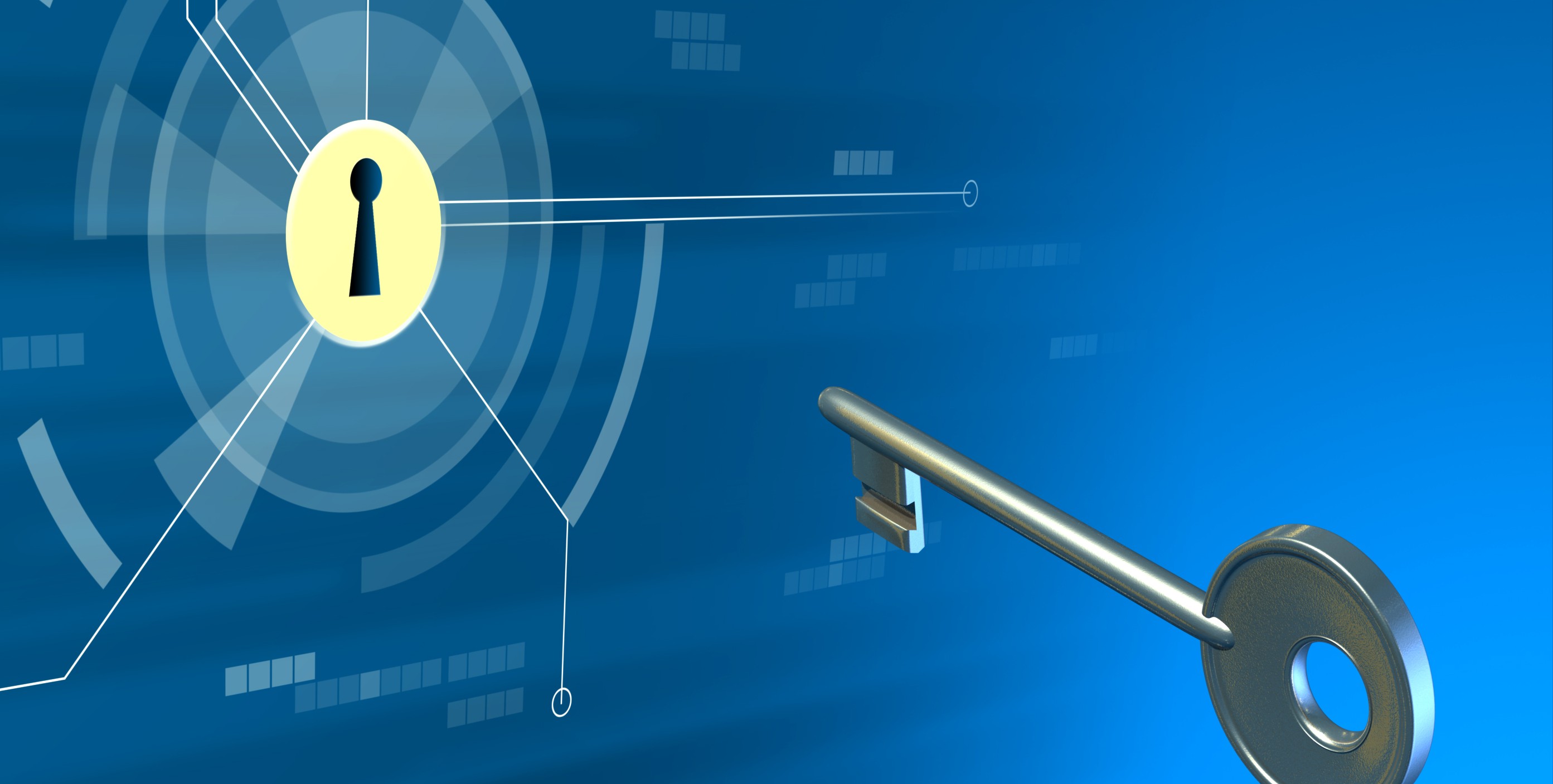Waiting patiently in line to use the cash machine and then forgetting your PIN number as you finally reach the front of the queue: a frustrating but fairly universal experience.
However, everyday most of us have to identify ourselves on numerous occasions – be it entering a code on a keypad to enter the workplace, a password to log onto our computer or a pin number to access cash from the bank.
In years gone by, we may have cryptically recorded passwords or PIN numbers in the contacts section of our diary or address books. But in a world that is going paperless, more advanced method of identifying individuals and verifying who they are have had to be developed. This is particularly the case with the growing threats of global terror, cyber hacking and the sophisticated methods of organised crime.

It is here that biometric security has come into its own as the most sophisticated technology for authentication, verification and identification purposes. What a few years ago may have seemed like Hollywood fantasy is increasingly becoming reality with the technology allowing shoppers to verify their online transaction using fingerprint biometrics or banks introducing voice recognition software to allow customers to access their internet account.
What is biometric security?
The basic premise of biometric authentication (the term is derived from the Greek word “bio” meaning life and “metric” meaning to measure) is that every person is unique and each individual can be identified by his or her intrinsic or behaviour traits. Biometric technology is able to recognize a person on the basis of the unique features of their face, fingerprint, signature, DNA or iris pattern and then impart a secure and convenient method for authentication purposes.
Biometrics is therefore the measurement and statistical analysis of a person’s physical and behavioural characteristics. For example, voice recognition systems work by measuring the characteristics of a person’s speech as air is expelled through their lungs, across the larynx and out through their nose and mouth.
The speech verification software will compare these characteristics with data already stored on the server and if the two voiceprints are sufficiently similar, the biometric security system will then declare it a match.

Evolving technology
Today, the biometric security is a growing industry but interestingly it is not a new science. Manual fingerprints recognition studies began as early as the end of the 19th Century and the origins of iris recognition dates back to 1936.
However it was during the latter part of the 1980s that major advancements were made, particularly with the application of biometric technology in the security and surveillance industries.
For example, in relation to iris recognition, significant advancements began in the late 1980s with the first algorithm patent issued in 1994 for automated iris recognition. Today, airports and border controls will use fingerprints, retinal scans or facial characteristics on record first as a reference point when a suspected or suspicious person tries to cross security. Fast computers can then use established algorithms to cycle quickly through vast collection of data to see if a positive match is made.

iphone-touch-id
The last few years have also seen the development of biometric technology in the banking, retail and mobile phone sectors. Apple’s latest smartphone has introduced biometric identification and earlier this year, HSBC announced it was launching voice recognition and touch security services in the UK for up to 15 million of their banking customers.
The move comes ahead of the launch of Atom Bank which will allow customers to log on via a face recognition system.
FaceSentinel, meanwhile, is a world-first in access control and biometrics, according to its developer, Aurora. Powered by ‘deep learning’, it evolves 13 times faster than systems whose improvements are driven by external updates.
The system, which can be integrated with existing access control systems, uses artificial intelligence and infrared light to achieve unparalleled speed, accuracy and reliability, Aurora claims.
How does biometrics compare to other access authentication technologies?
The obvious advantage of biometric technology compared to more conventional or traditional authentication methods, such as personal ID cards, magnetic cards, keys or passwords, is that it is intrinsically linked to an individual person and therefore not easily compromised through theft, collusion or loss.
Most biometric systems are easy to use and this simplifies user management resulting in cost savings to the relevant supplier or industry. Users do not need to remember passwords or PIN numbers and user accounts cannot be shared. If improved reliability or security is needed, it is possible to use a combination of one or more biometric technologies such as facial and voice recognition.
However it needs to be remembered that not all biometric technologies will suit all users which could be a hurdle in some sectors because user co-operation is usually required. The cost of setting up new biometric systems can be significant, particularly where sophisticated software is introduced.
But biometric systems, while offering some compelling advantages over older technologies, are far from infallible. At the Mobile world Congress in February 2016, president of Chinese mobile security firm Vkansee Jason Chaikin fooled the iPhone’s fingerprint scanner, Touch ID, with play-doh, the children’s modelling clay.

Privacy concerns will also need to be addressed and no system, however technologically advanced, will be 100% foolproof.
Rates of adoption and innovations in the pipeline
The global biometric market is booming and expanding at an unprecedented rate. It is estimated that the global biometrics market will exceed US$ 24.8bn by 2021. North America dominated the global biometric market last year and it is predicted the region will continue to do so over the next five years.
The increased use of biometrics in ecommerce, internet banking, cloud computing systems and smartphones integrated with biometric technology are some of the major factors driving demand for the industry. It is estimated that by 2036, people living in London will not use notes or coins at all and that all monetary transactions will be done using contactless cards and apps enhanced by biometric technology.
Last year we reported that biometrics is on the verge of wider adoption in a story about the launch of Videx’s B100 reader for schools, small offices and residential buildings.
However, not everyone things that biometrics spell the end for pin entry or the traditional plastic access card or key fob. Scott Lindley, President of Farpointe Data, has argued that despite biometrics, people will still be using cards for many years to come.
Governments and security services are also continually looking to apply new biometric technologies to increase security by assisting in identifying terrorists, known criminals or other suspicious individuals. The refugee crisis has also propelled the use of biometric technology for humanitarian purposes for those fleeing their country of origin with no ID documentation.
In Jordan, a biometrics-backed project launched by the UN High Commissioner for Refugees is using an iris recognition system linked to bank ATMs to create an innovative aid distribution network. The technology allows vital monthly cash payfments to be made to displaced refugees.
Biometric technology may not be new but its application is becoming more and more widespread in everyday life and increasingly sophisticated when used as part of security and surveillance systems.

